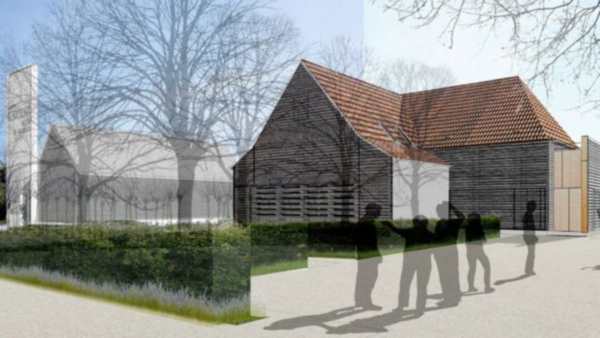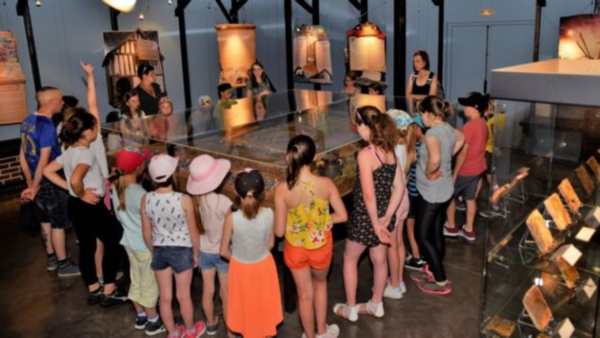Agincourt can do it; so will we!
Battle of Prestonpans 1745 Living History Centre gets a step nearer
The HLF supported study of the Battle Trust's achievements since 2006 and its future plans is now reaching a critical stage. By April the Trust will produce its Draft Manifesto for the next Decade. That will go out for consultation locally and nationally leading to the Agreed National Manifesto by early summer.
The Trust's determination to create its own Living History Centre in the community that captures and sustains community involvement will be centrepiece. In partnership with East Lothian Council the Trust is evaluating locations in close proximity to the battlesite including 'Charlestoun' alongside the newly created Prince's Loch.
A Comparative Study across Europe by the Trust has shown quite clearly that so long as we think ambitiously enough, a fine asset can be added to our community. Total encouragement comes this year from France, Agincourt in particular [pictured below] where a greatly extended facility has been created.
A French loss; an English victory of course …

________________________________________________________________
Ed: Matt Pickles @ BBC Education reports -
When the old Agincourt museum opened on the site in 2001, its exhibition boards said 9,000 English soldiers fought 30,000 French at Agincourt.The new centre, expected to open in the autumn, will reduce these figures after Anglo-French consultation to 8,500 English and 12,500 French. They are based on research by Professor Anne Curry of the University of Southampton, who studied financial records at the National Archives in London.
Records show that Henry V took 12,000 men with him when he set out from Southampton and left many of them behind to man the garrison after an earlier victory at the port of Harfleur.
When she attended the 600th anniversary of the battle in 2015, people came draped in St George's flags. There is a strong sense of "how we have fended off France in the past", she said. Unsurprisingly, her research on the size of the armies has not faced resistance in France.
But regardless of the troop tallies, it still seems perhaps surprising that the French national and regional governments are investing so heavily in a lost battle. It's not just history, patriotism in France is "different".
"We had the revolution in 1789, and since this period we don't really care whether a battle was lost or won by what we call the 'ancien regime'," M. Giliott the museum's director says.
Prof Curry says the French have done a "clever thing" by focusing on the fact that the first member of France's Gendarmerie - which still exists today as a branch of the French armed forces - died at Agincourt.
"At the 600th anniversary, the Gendarmerie were there and people talked about the battle being the origin of their story," she said.
Prof Curry says the revamp of the museum, the "Centre Historique Medieval", is also an attempt to improve the struggling economy of the region of Pas-de-Calais. "It's economically deprived, most visitors just drive through this area on the way to somewhere warmer," she said.
M. Gilliot says the museum has produced a "parallel economy" for local bed and breakfasts and restaurants, becoming a destination in an area with few tourist attractions. It seems to be paying off - the English make up the majority of the museum's visitors.School groups regularly go to the current museum marking the medieval battle.
"The level of knowledge of this historical period differs between French and English visitors. We are very surprised that a lot of English people know their national history very well and sometimes we have visitors who are descended from a nobleman who participated in the battle," M. Giliott said.

"English people want to know where the castle was that Shakespeare dscribes in his play, or to visit the battlefield."For the French visitors, the questions are very different; they often ask who won the Hundred Years War? We are seeing that the Medieval period is not really covered in schools in France."
But he has never met English visitors boasting about the result. "Our English visitors are very respectful, interested and well-educated, and they sometimes help us by pointing out problems in our translations," he said.
M. Gilliot expects the new centre can play a positive role in future Anglo-French relations when it opens in the autumn. "In this period of Brexit, the museum in Agincourt is very important to understand why our two countries are friends.
"There is also a link between the Agincourt and the WWI Somme battlefields, because it helps us understand how we came from enemies to friends," said the museum director.
Published Date: March 9th 2019
|





